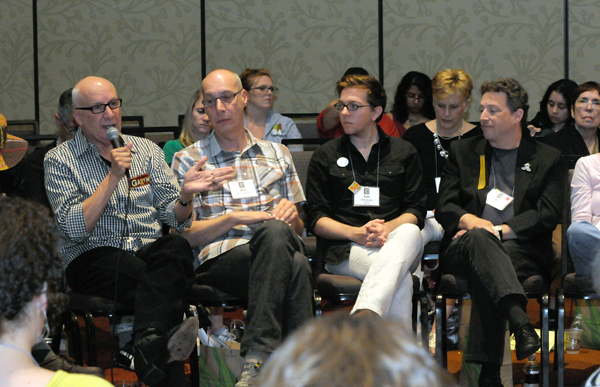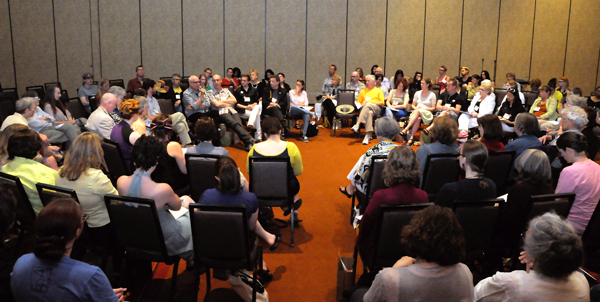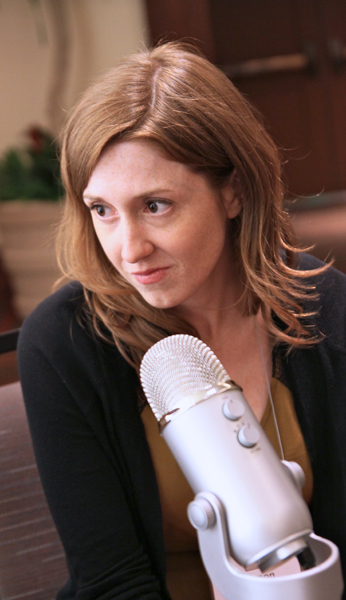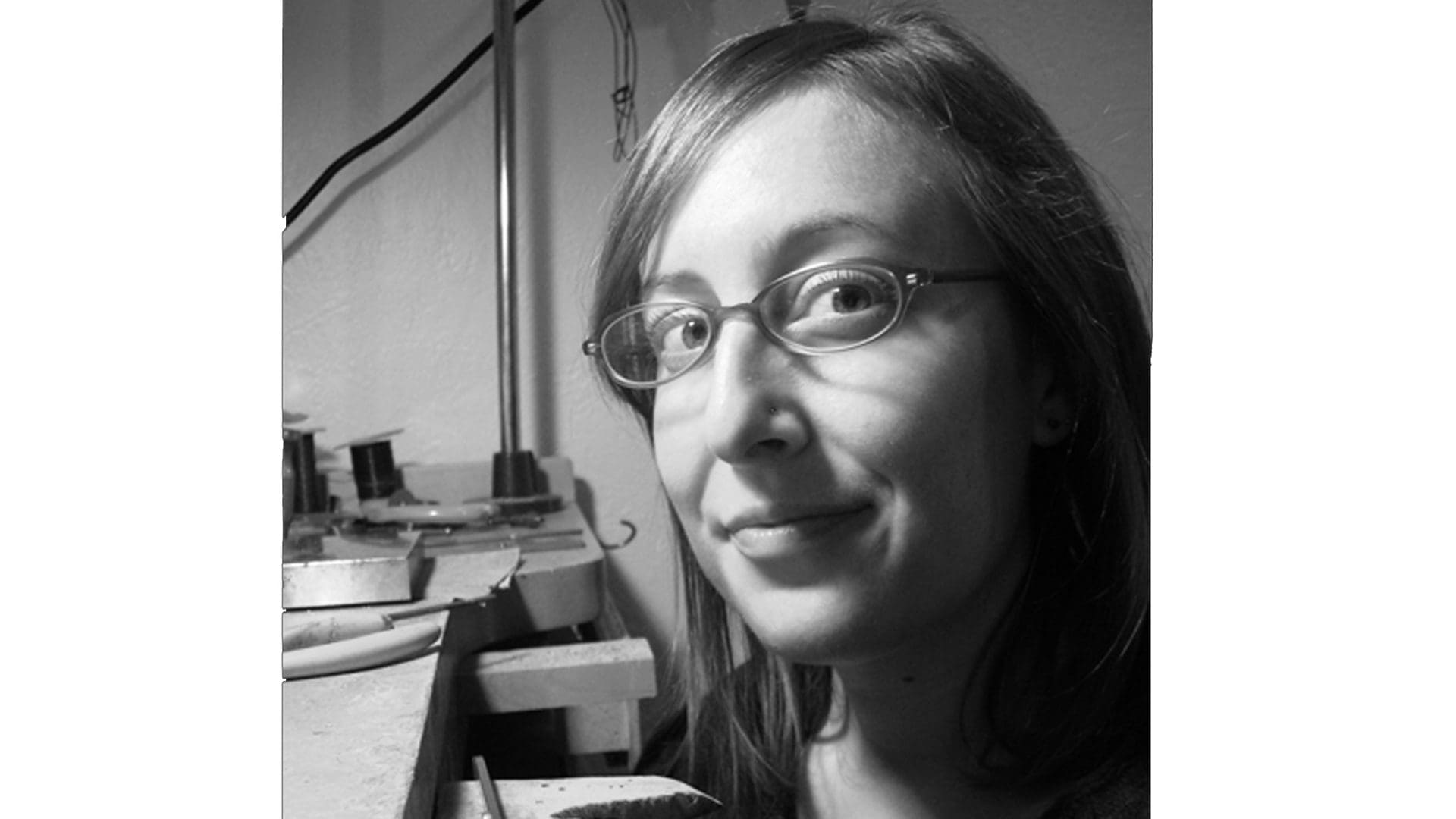About 600 conference attendees arrived in Scottsdale, Arizona in 100-degree weather for the 2012 SNAG conference (May 23-26) aptly titled The Heat is On. The setting was surreal—a vast, dry, desert landscape covered in suburban sprawl, swimming pools and lush golf courses, in a state whose Secretary of State was actually questioning the validity of the birth certificate of the current President of the United States. This strange place was an ideal setting for some ‘fear and loathing’ in the jewelry/metalsmithing field, questioning the current state of the field and navigating the path ahead.

Clark’s lecture brought up many sensitive topics. He mentioned how impressed he has been with recent MFA graduates in jewelry and metals programs (mentioning Cranbrook in particular) but questioned what opportunities these recent graduates will have in today’s marketplace. Clark dared to say what many think. ‘We are hugely over-producing art students for a world that cannot support it.’ This is a bold and challenging statement to make to a group consisting largely of educators, current students and recent graduates. However, this was not just empty criticism. Clark offered a few possible solutions to the American education system, although it seems unlikely that change will come easily or quickly enough to help this generation of students. One suggestion was specialization: instead of trying to be everything to every student as most institutions are currently doing (teaching sculpture, production jewelry, teaching methods and so on, all within the same curriculum) schools should specialize in their strengths and students would choose a program that best meets their needs.
Moving on and without dwelling on a dead subject, Clark noted how the discussion of art versus craft has damaged the craft brand and how often the definition of success within craft was being able to escape from it. He discussed how many current ‘fine artists’ (such as Kohei Nawa, Isabelle de Borchgrave and Kimiko Yoshuda) use jewelry materials and subject matter in their work with much commercial success at venues such as Art Basel, but noted these artists were never associated with the craft field. He stressed that it is nearly impossible to move from craft to fine art and that in order to succeed in that arena you must begin your career as a fine artist and live in that world. Somewhat humorously, he also said that ‘If you want to be accepted in the fine art world, you should go for it, but you should not stay in crafts and tell everyone how your work really doesn’t belong there.’

There is no doubt (based on the questions after his lecture, as well as in the Q&A at the ‘smaller conference experience’ the following day) that Clark’s lecture started a revolution in the minds of many conference attendees, but hopefully the emphasis on design will not become an over-simplified solution to the many issues within the field. Yes, industrial processes are making many craft processes obsolete and nostalgically holding onto these processes limits the production of pieces that can be made, but these are big issues that need to be addressed during education, rather than approaching design from the backdoor, the way many people are currently doing, first learning the traditional skills in the university then figuring out how to apply manufacturing processes on one’s own. During the ‘smaller conference experience,’ Clark responded to a question from a well-known educator about the possibility of the loss of skills within the field if technology is stressed at the expense of hand-skills. His refreshing honesty could only come from an outsider to the field. ‘The idea that craft will go away is bogus and craft isn’t rocket science,’ he said. ‘Everything is written down and can be figured out.’

Though Clark has years of experience in art sales, he never mentioned influencing the marketplace as a solution, but what if, instead of simply responding to the current marketplace, perhaps jewelers, metalsmiths and the galleries who represent them could attempt to create more demand for their work? Looking around at the non-SNAG guests at the Westin resort and spa, none was wearing art jewelry. Patrons of an expensive resort are potential clients who might afford handmade work, though right now they seem to prefer the mass-produced Pandora bracelets and the like that are so popular. It seems that marketing largely dictates people’s fashion choices and so, if resources were directed toward the general public rather than inside the jewelry community, perhaps the marketplace would grow and eliminate some of the problems highlighted by Clark’s lecture. This feels like another area in which design and the DIY movement are squeezing out the craftsperson—both fields have marketed and appealed to the general public, while the jewelry and metalsmithing field (with a few exceptions) exhibits, educates and celebrates success within the narrow field of makers and even smaller group of collectors and curators.

Cridler went on to say that she is a ‘crafts practitioner’ and was trained in craft but considers herself an artist. Ouch. This kind of language really does nothing positive for the field and kudos to Clark for calling it out. How can we expect craft to be valued if we continually de-value it? The rest of the lecture was mostly a visually enjoyable and impressive series of sculptural work by Cridler. Unfortunately (or not) it was impossible to view this lecture without the context of Clark’s earlier lecture and his critique of the education system. Cridler’s work (and she is certainly not alone, just unlucky to give this particular lecture at this particular time) highlights the problem of celebrating the work of educators who need exhibitions and public recognition in order to achieve promotions and tenure and to recruit students, who make intellectual work that they do not need to sell in order to support themselves or their families. The work of academics floods the field and skews the marketplace, making it difficult, if not impossible, for an artist without an academic job, including the graduates of these professors, to compete. Again, it isn’t fair to lay this blame solely on the talented and highly productive Kim Cridler, especially without knowing how she sells and prices her work, but the problem is real and the education system needs to be updated for today’s reality and marketplace.


The final presenter, Bettina Speckner, sweetly reminded the audience that the meaning of the phrase, ‘the heat is on,’ has to do with being under pressure and that seemed an accurate description of the overall vibe of the conference. The field of jewelry and metals, at least in the United States, is under pressure to remain relevant and sustainable. Garth Clark gave his honest assessment of the field and suggestions for routes to take. There is plenty of exciting work being made but the harsh reality is that there is not a healthy marketplace to sustain it. Hopefully the revolution has already begun.





